In the midst of a scenario in which institutions such as the World Bank have warned that waste in the world could increase by 70% by 2050, different private and public organizations have developed strategies to reduce the environmental footprint. Here, visit a factory that recycles electrical appliances to prevent them from ending up in landfill.
It is 10 a.m. when several dozen workers are operating at a recycling plant in Quilicura, Santiago, where containers abound with items such as cables, electronic chargers, toner and shredded plastic pieces, among a long list.
Equipped with items such as gloves, goggles and noise reduction devices – similar to headphones – some of them take their drills and disassemble the vacuums with surgical precision, finding the metal screws that hold the parts together in a few seconds.

Outside the covered area of the enclosure, others hold tools that look like power saws and separate different parts of products like refrigerators and washing machines.
Once they’re done pulling apart the larger walls, they put them into heavy machinery that crushes them, then generates a considerably smaller cube, almost like a microwave.
Also, right in front is a grinder, into which components are inserted from above, turning them into small, unrecognizable pieces a few minutes later from their original shape.
This is the inside of the plant Degraf a company that for about 40 years has been dedicated to recycling electrical and electronic products, to then send the various parts to other companies for reuse, as detailed at The third General Manager Gabriela Pérez.

Luxon Eltime is one of the workers who has been involved in this process for 7 years. He tells us that when he arrived at the agency, it took him “less than 10 minutes” to dismantle a television, but now it takes “about four or five”. In the case of vacuum cleaners, it only takes “about two” to separate the pieces with the stand of your drill.
“It’s almost always the same process,” he replies when asked how the structures of products vary depending on their brand or model, “although it depends on the skill of who is dismantling.”
Where do the old televisions, refrigerators and washing machines go?
If you do the exercise of remembering moments that you experienced during your childhood, it is likely that several of them happened in your home. From the cartoons and shows you watched on your TV before streaming to the times when you took food out of the fridge to then enjoy a family dinner.
The images and cases may vary, but there is a common point shared by these souvenirs: in each of them there are technological products that make everyday life easier.
Over time and the rapid progress of industries, devices of this type have presented new features that make them even more comfortable and easy to use, which also allows them to be more attractive in the market.
This is where another fundamental point comes in: how many of them are still in the space you grew up in? Where did that old TV go that you were anxiously waiting for to watch your favorite shows?
Probably, some are still in operation, but in most cases they are replaced by others of different generations who have superior abilities.
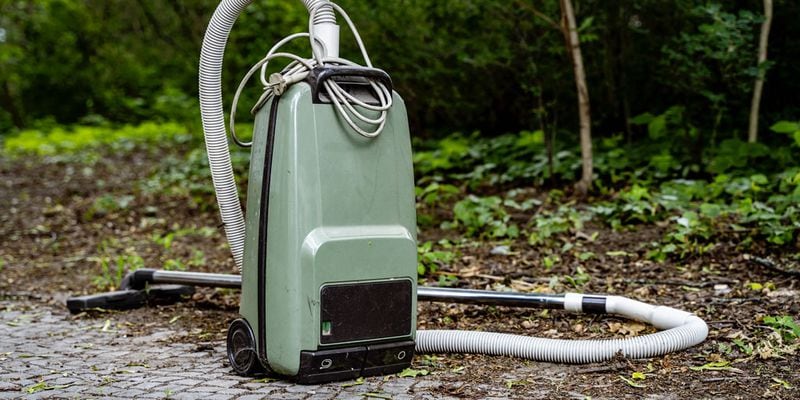
Different state and private organizations have expressed their concern over the worsening environmental crisis, which is why strategies have been sought to prevent items such as household appliances and clothing – among many others – from ending up abandoned in landfills and natural areas such as , Atacama Desert.
One of the most disturbing reports on this issue came from the world Bank end of 2018. It warned that waste worldwide would increase by 70% by 2050, a factor that would be influenced by increased urbanization and population growth.
“Mismanagement of waste harms human health and the local environment, while exacerbating the challenges posed by climate change,” Laura Tuck, then vice president of sustainability at the institution, said that year. .
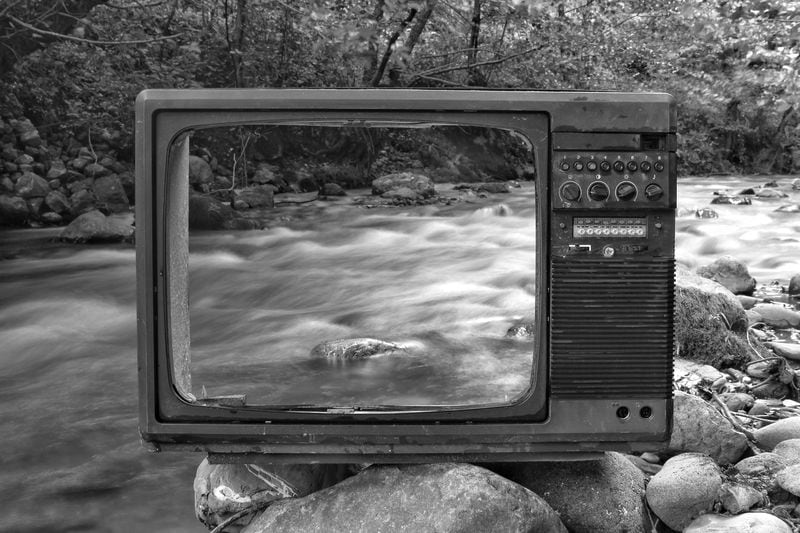
“Unfortunately, the poorest in society tend to be the most affected…but things don’t have to be that way. The resources we have have to be continually used and reused, so they don’t end up in landfills.”
Another report shared by the Minister of the Environment revealed that in 2020 alone, around 20 million tons of waste were generated in Chile, even more alarming figures considering that the country currently has around 19.5 million inhabitants.
This is why measures such as EPR law (acronym of Extended Producer Responsibility) aim to transform to “a new circular model, in which products and all that is necessary to manufacture them retain their usefulness and their value”.
Among those that are included in priority by the standard are lubricating oils, batteries, batteries, tires and electrical and electronic equipment. These are the same as those disassembled at the Degraf factory.
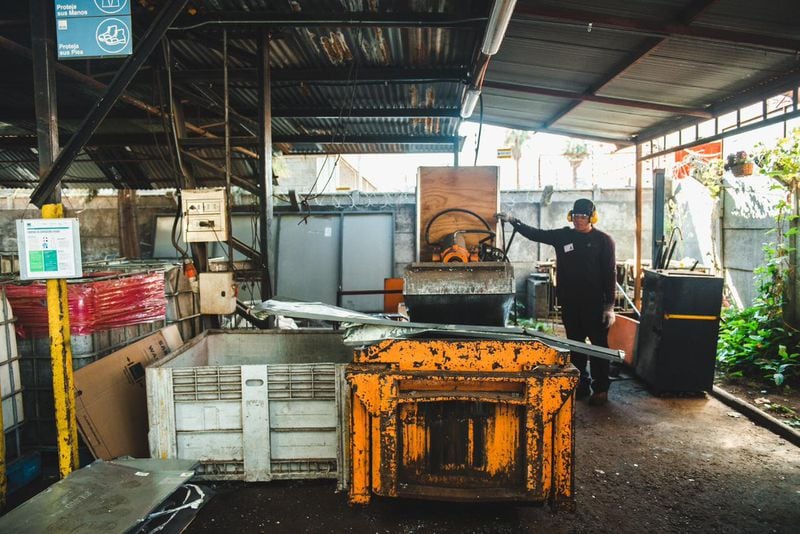
An alternative to reduce the environmental footprint
The company’s general manager, Gabriela Pérez, assures The third They note a growing interest in recycling these products, to the point that they now receive “between 200 and 300 tons per month”.
Despite the fact that the services offered by Degraf are aimed specifically at companies that produce large volumes, he specifies that “there are also natural persons who enter our site, call by telephone to request a withdrawal or even come to deposit their artifacts here”.
“If someone comes to drop off a washing machine, we receive it for free,” he adds.
But alongside that, Pérez insists that the way to reach the general public is through alliances with companies that produce this type of article.
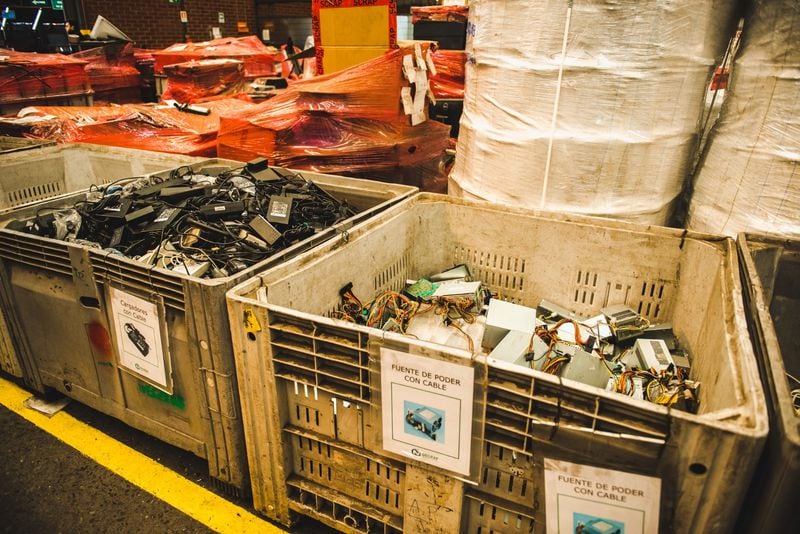
One of them is Samsung, which recently launched a new initiative aimed at those who want to renew their TV, refrigerator, vacuum cleaner, washer or dryer, among others.
The campaign in collaboration with Degraf is that users can deliver these products and get a discount of up to $375,000 when buying a new one.
In the same way, the two companies are responsible for evacuating out-of-use equipment within a maximum period of 48 working days from delivery, to recycle it later, at no cost to consumers.
In addition, within a maximum period of 15 days, Degraf issues a certificate explaining the contribution to the environment implied by the reuse of these components.
They do not have to be of the said brand to be accepted.
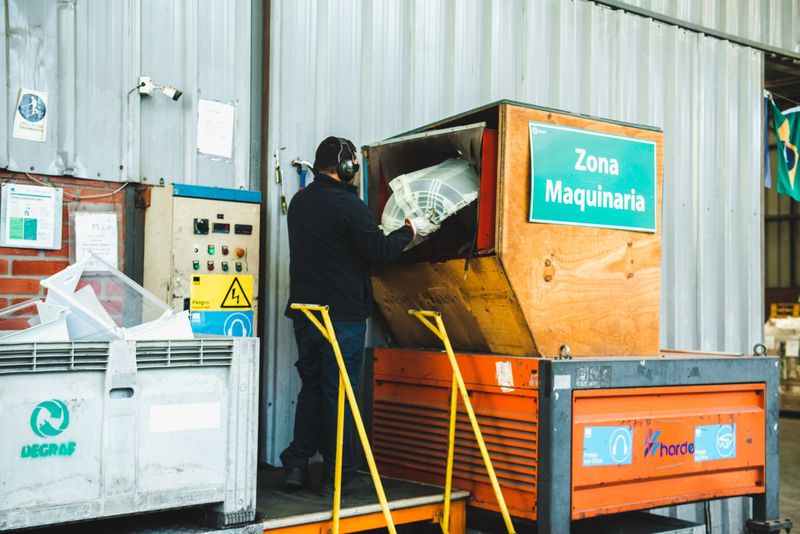
According to figures provided by Samsung, from 2021 to date they have managed to recycle 540 tons in Chile, only in televisions, refrigerators and washing machines, thanks to different campaigns like this one, entitled “Recycle and save “.
“We want to join the call of the Ministry of the Environment and encourage responsible management of electronic waste. This is the objective of this campaign, which aims to eliminate products of this type from landfills”, says the company’s environmental compliance manager, Álvaro Palma, who also points out that they have recently received the certification ” Blue Seal for Clean Production”.
From the company, they hope to achieve net zero carbon emissions – direct and indirect – by 2050 globally, a goal that calls for reducing the equivalent of approximately 17 million tonnes of carbon dioxide globally.
Know the details of the campaign in this link .
Source: Latercera
I am David Jack and I have been working in the news industry for over 10 years. As an experienced journalist, I specialize in covering sports news with a focus on golf. My articles have been published by some of the most respected publications in the world including The New York Times and Sports Illustrated.


